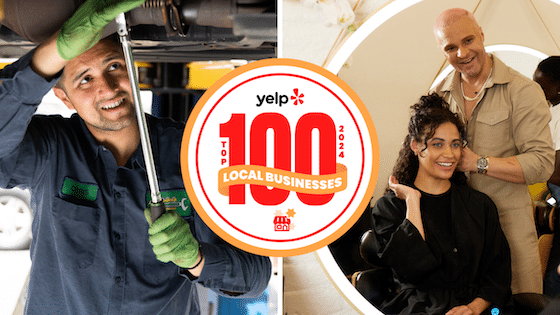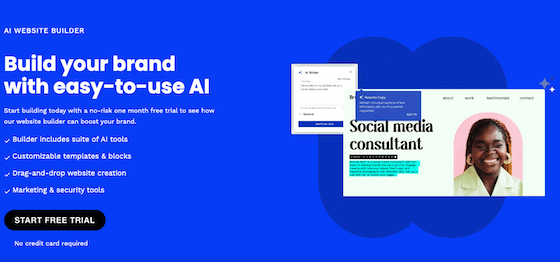Technologies, like Ro.am, that support remote work are often thrown into a pandemic context. New and existing tools at the time inflected as corporate worlds were forced to siphon all communications into virtual channels. Then, when Covid released its grip, boom times for such tools were seen as over.
However, there’s a different way of looking at the sector we’ve started to call “remote tech.” It’s more about serving a distributed workforce than a population of work-from-home execs. The benefit of that framing is that the business opportunity transcends the variability of work-from-home politics.
In other words, the addressable market for distributed workforce tech is any company with offices in several cities and a need for tight communication. That broader universe includes most if not all of the Fortune 500, as well as the long tail of varied corporate structures in the pre and post-Covid eras.
This is where Howard Lerman has positioned Ro.am. Much more than virtual communications software, it’s an evolving platform to enable and empower the distributed workforce. Think of it like Zoom meets Slack, meets a video game, meets the physical layouts and spatial orientation of corporate IRL offices.
Human Cognition
Going deeper into the UX, one of Ro.am’s benefits is how it meets users where they are in terms of human cognition. We’ve been conditioned to think of workplaces as physical structures with floorplans that include offices, conference rooms, auditoriums, break rooms, etc. Ro.am builds on that cognition.
That brings us back to the video game part. The UX is organized around recognizable spatial structures, such as the floors of a building. Those floors can be organized by Ro.am’s enterprise customers as functional departments like HR, accounting, etc.. Users are meanwhile represented by thumbnail avatars.
To visit someone in a given department, you simply drag your avatar to where they are… just like you may walk down the hall to knock on someone’s door in real life. Sticking with the analog office door as a metaphor, that door is usually open or closed, represented in Ro.am’s UX as an availability indicator.
The spatial orientation carries into several functions. Beyond serendipitous meetings and water-cooler fodder, an auditorium mode engenders larger meetings or rallies. Users can drag themselves to the audience, backstage or onstage – each governing what they can see/hear and who can see/hear them.
But it goes beyond auditoriums, floors of a building, and open/closed office doors. It’s more about a UX framework that’s meant to evolve. It has the right balance of structured functionality… but also a fair amount of flexibility for companies to customize an experience for their culture (more on that in a bit).
Thoughtful UX touches such as sound meanwhile provide icing on the cake. For example, users can choose personalized sound bytes that play when they enter or leave a given space – sort of like the walk-up music that baseball players choose. Users can also benefit from GPT-based meeting summaries.
Altogether, the philosophy is to engender organic interactions. In other words, we often practice “form over function” in cramming meetings into 30-minute containers. But the time needed may be 10 minutes or 37 minutes. Ro.am puts the function back in the driver’s seat. The average meeting time is 8:34.
Ep. 26 Looks at the Future of Work with Roam Founder Howard Lerman
Full House
To further illustrate the user experience. Lerman took me with him as we bounced around to different interactions underway in Ro.am’s virtual spaces. This included jumping into a live tour for Ro.am sales prospects, where Lerman engaged participants and evangelized the virtues of the product.
These interactions happened dynamically and with signature Lerman energy as we bounced around. At one point, he left me behind, perhaps on purpose to see if I could figure out the UX and get back to our one-on-one meeting. Sure enough, I dragged myself to the right place – a testament to the interface.
Beyond getting a feel for the UX, this exercise revealed something else (again, perhaps on purpose): There appears to be ample buzz around Ro.am. The tour noted above was packed and potential buyers were noticeably engaged. These happen three times per day and the one I attended was a full house.
But beyond anecdotal evidence, there are empirical demand signals. As of this writing, Ro.am has 8,000 paid members from 390 paid enterprise customers. That works out to about 3 paid member conversions per day given its market tenure. And it’s done this without any outbound marketing or paid ad spend.
As for what’s next, Ro.am could be evolving towards a bona-fide platform. Though the term “platform” is often thrown around, a true platform is something others can build upon, using APIs or an SDK for apps that go in an app store or marketplace. For historical reference, Lerman did something similar at Yext.
But most of all, that brings us back to the part about companies matching the UX to their culture. Ro.am could crowdsource innovation to developers to build apps or plugins (think: HR functions or Yoga hour). That’s where things could really open up and scale as a go-to utility for the distributed workforce.




